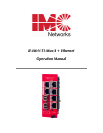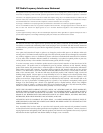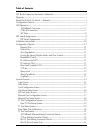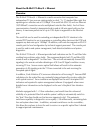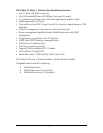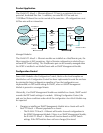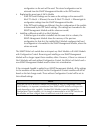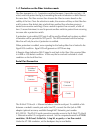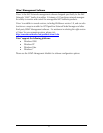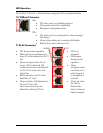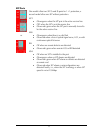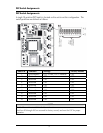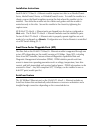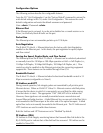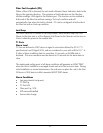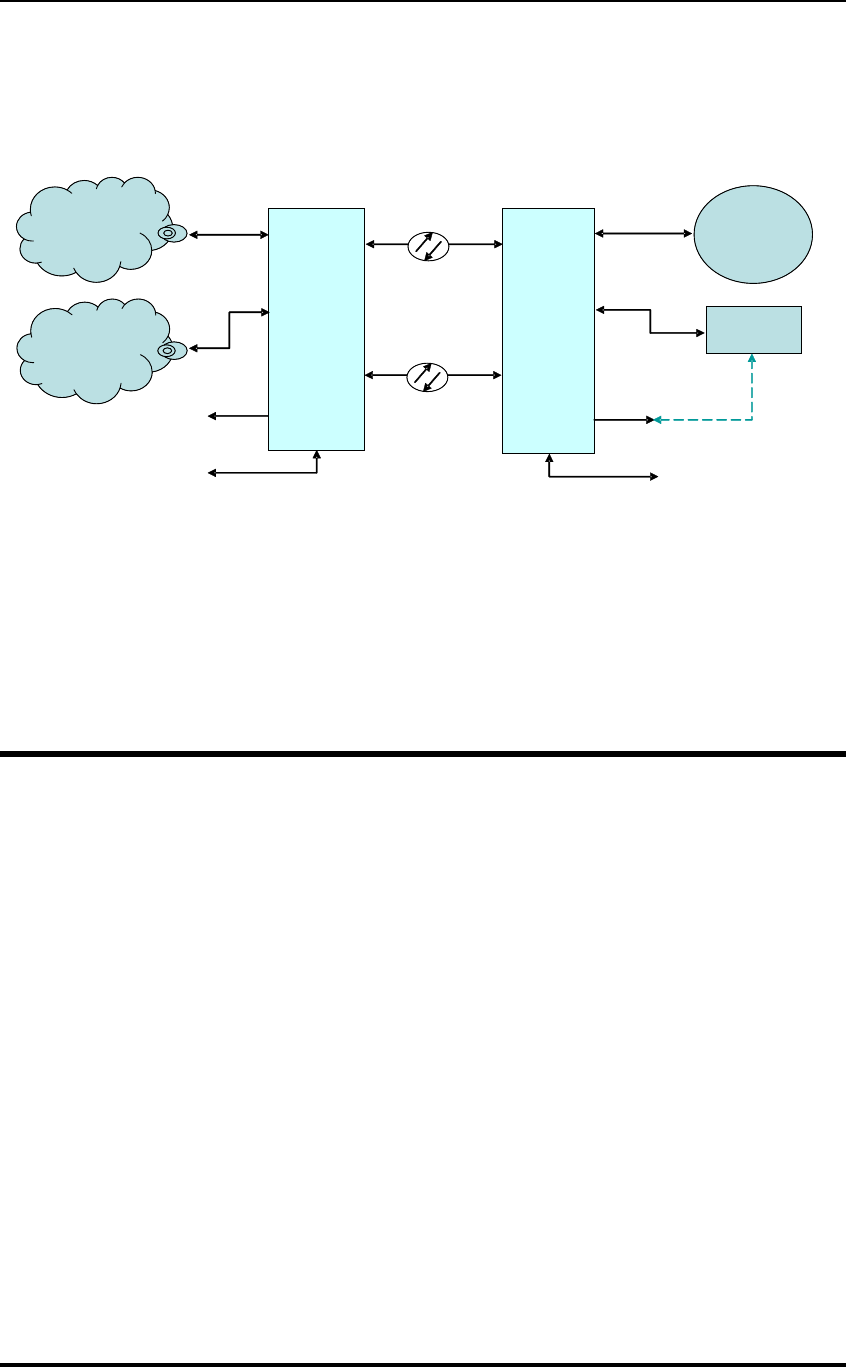
3
Product Application
The
IE-iMcV-T1-Mux/4 + Ethernet delivers 4 T1 lines to a customer's site over a
protected, dedicated fiber line. In addition, one serial RS-232 line and one
10/100BaseT Ethernet line can be carried at the same time. All configurations run at
full line rates with no interaction.
T1
-
Mux
(Network)
ISP Internet
TDM Network
PSTN
T1
(4 port)
10/100BaseT
(1 Port)
Customer
LAN
Customer
PABX
10/100BaseT
(1 Port)
T1
(4 Port)
Dedicated
Fibe
r
T1
-
Mux
(Subscriber)
Local Far End
Remote
Serial Port
Serial Port
Dedicated
Fibe
r
Protection
(1+1)
Console
Console
Console RS232
Host
Remote Far End
Managed Modules
The
IE-iMcV-T1-Mux/4 + Ethernet modules are installed as a Host/Remote pair; the
fiber connection is IMC proprietary. Host or Remote configuration is selected by an
onboard DIP Switch setting. The Host/Remote pair can be remotely managed when
the HOST is installed in an iMediaChassis with an SNMP Management Module.
Configuration Control
Some iMcV-Modules offer Configuration Control; labels on the front faceplate are
identified as such. Configuration Control has been implemented to assist the end user
by retaining the latest configuration regardless of how that configuration was
implemented (via DIP Switch settings or SNMP), when an SNMP Management
Module is present in a managed chassis.
Historically, if an SNMP Management Module was installed in a chassis, SNMP would
override the DIP Switch settings of a module. Utilizing Configuration Control, the
end user has three conditions under which the configuration of an iMcV-Module may
be impacted:
•
Changing or installing an SNMP Management Module into a chassis with an IE-
iMcV-T1-Mux/4 + Ethernet populated in a chassis
-
The IE-iMcV-T1-Mux/4 + Ethernet will transfer its saved configurations to
the SNMP Management Module. If there is no SNMP Management Module,
the IE-iMcV-T1-Mux/4 + Ethernet will function based on its DIP Switch
settings. If the DIP Switches have not been changed, the stored



